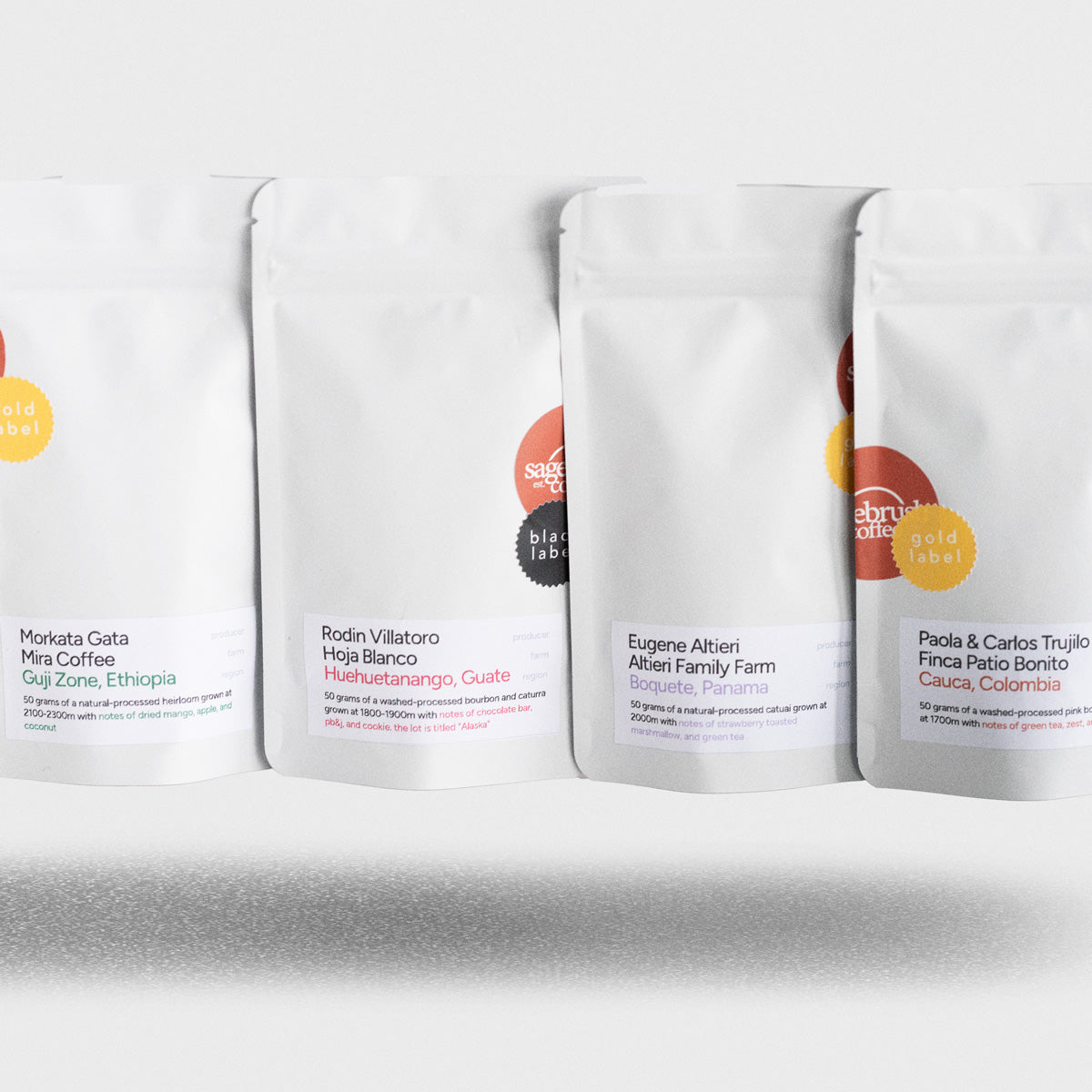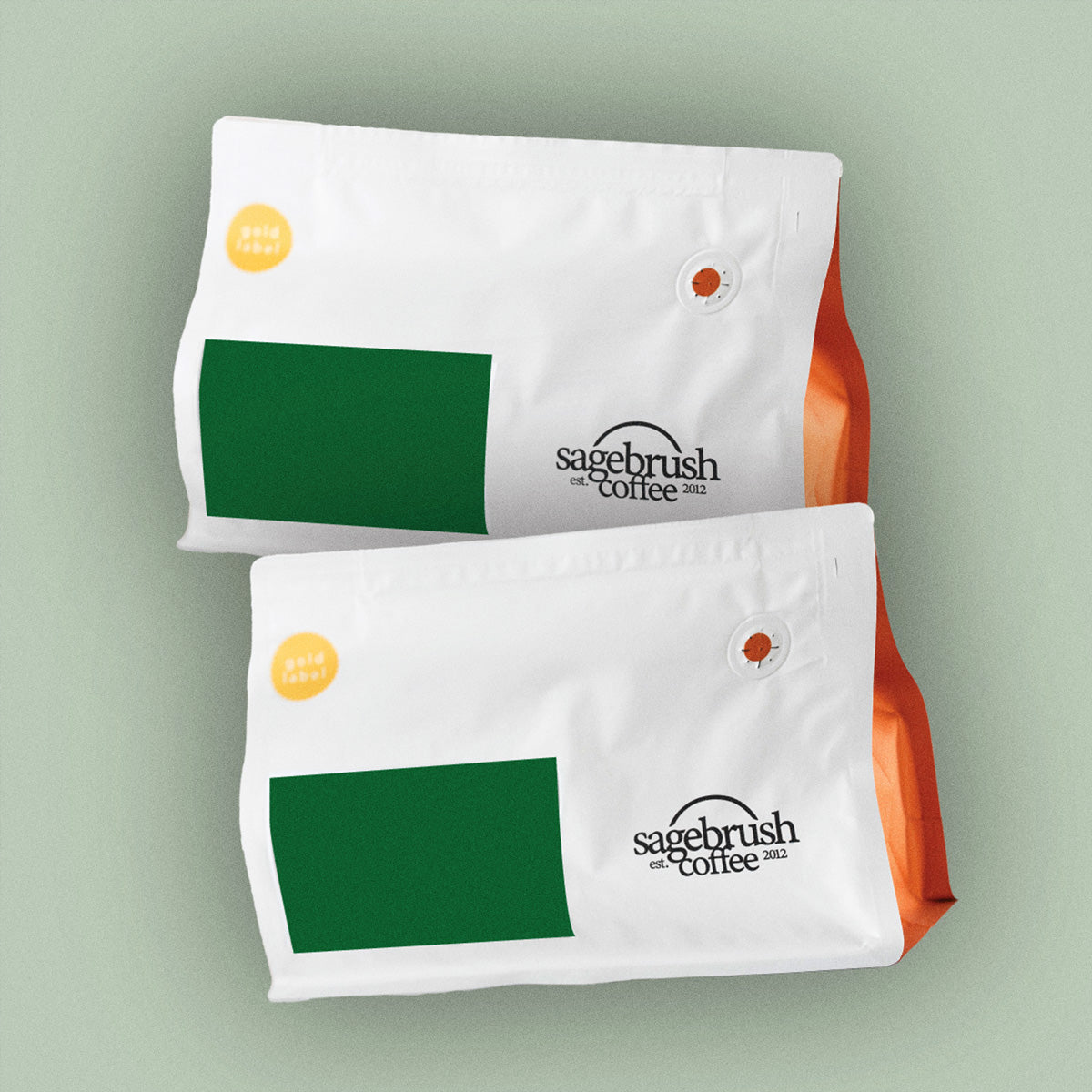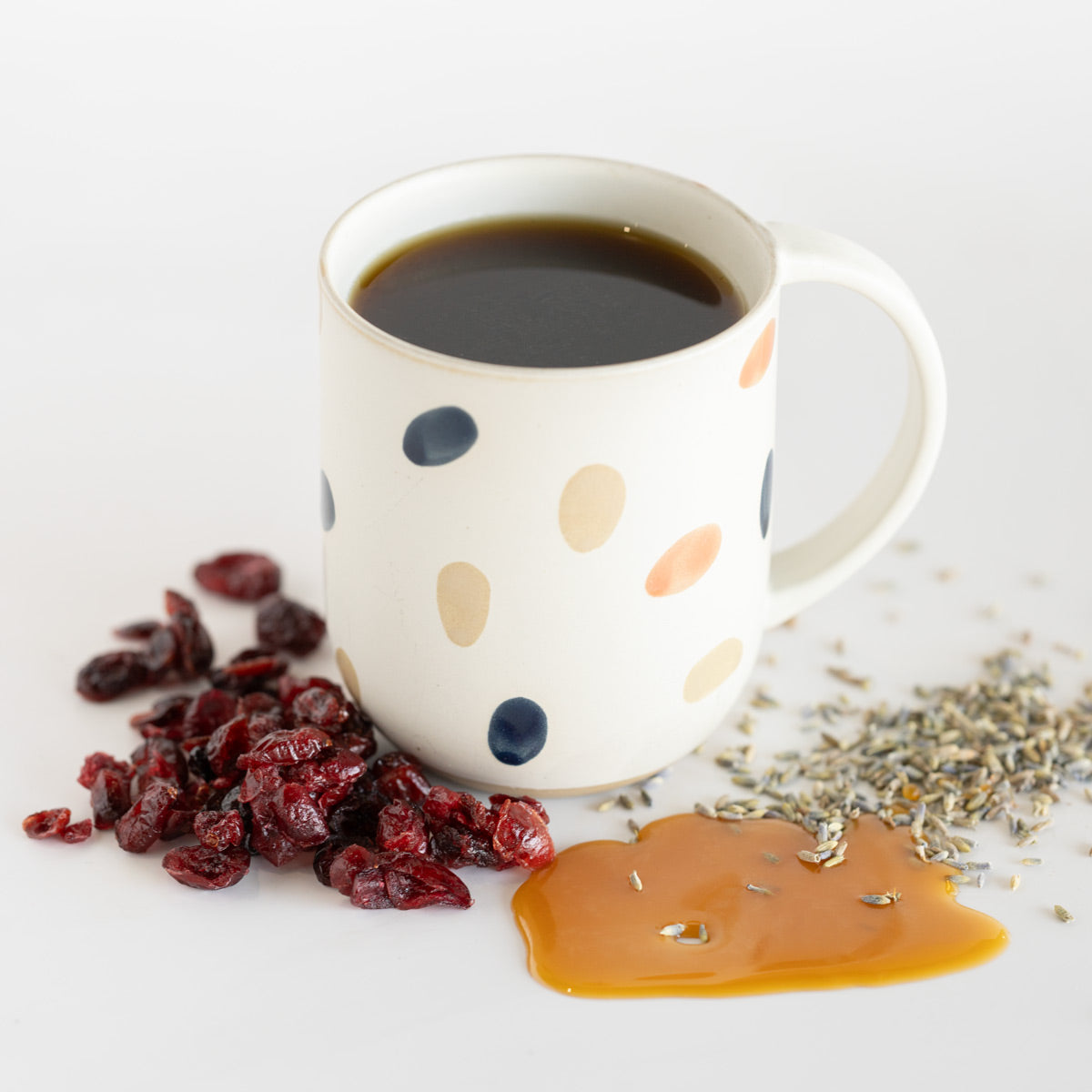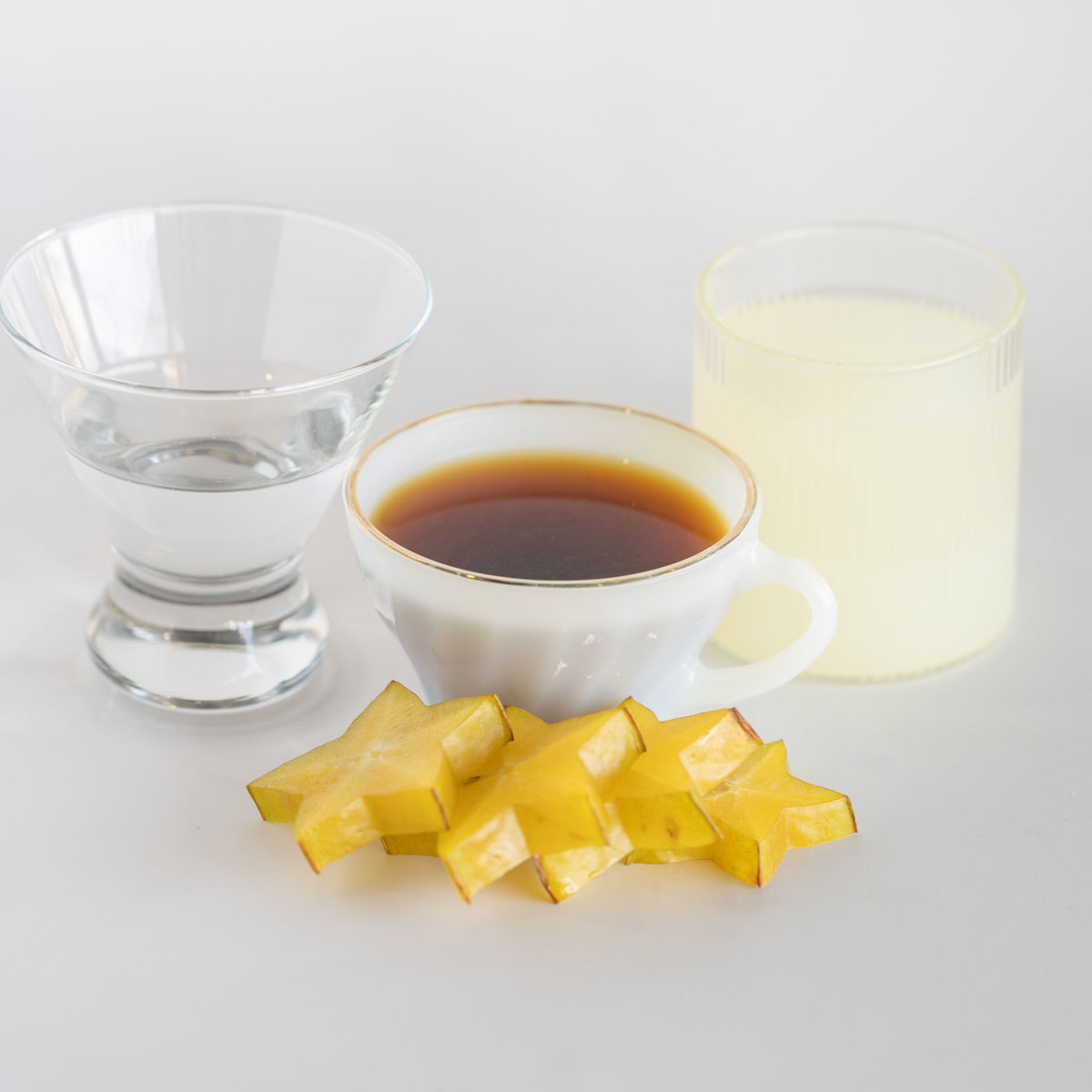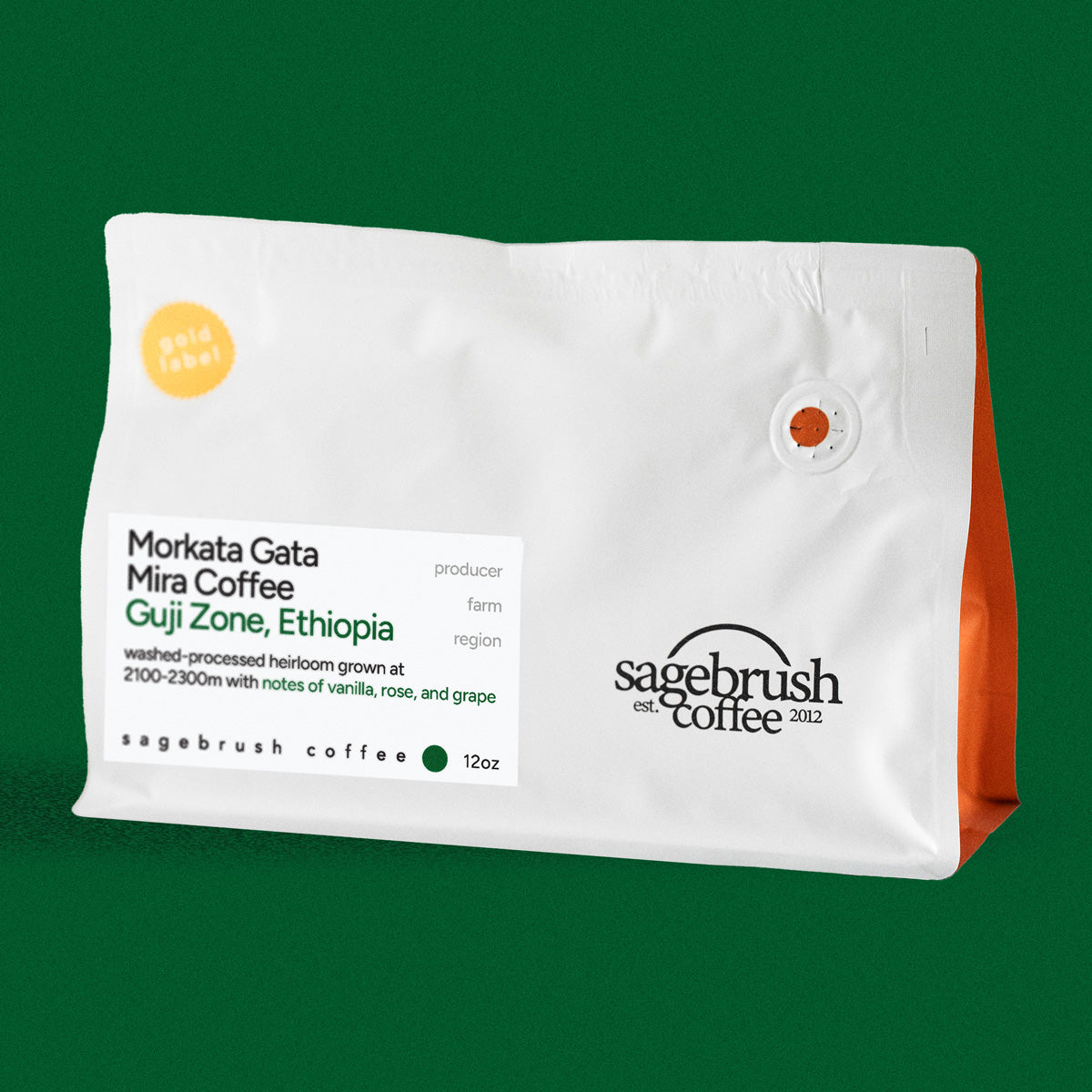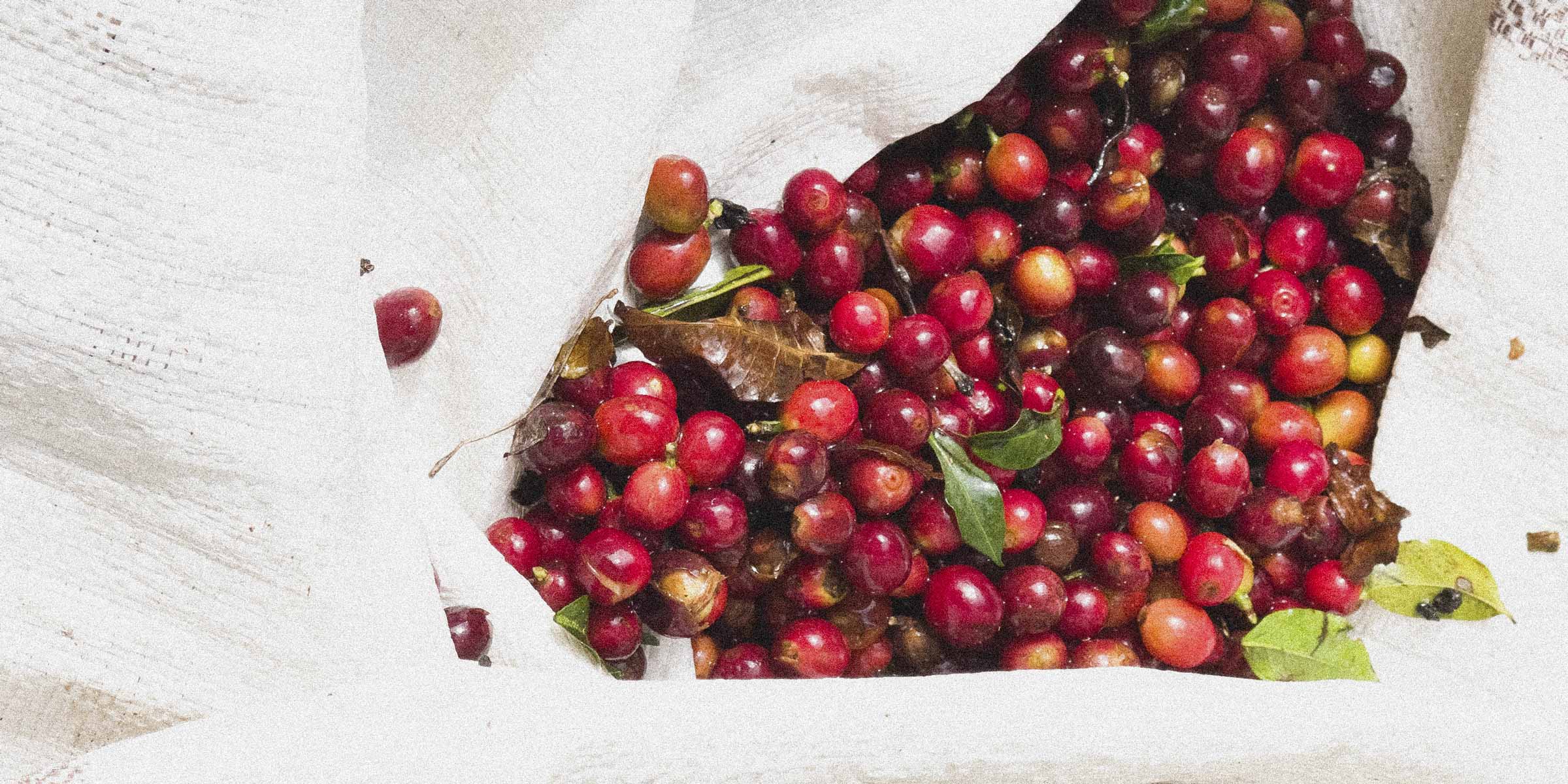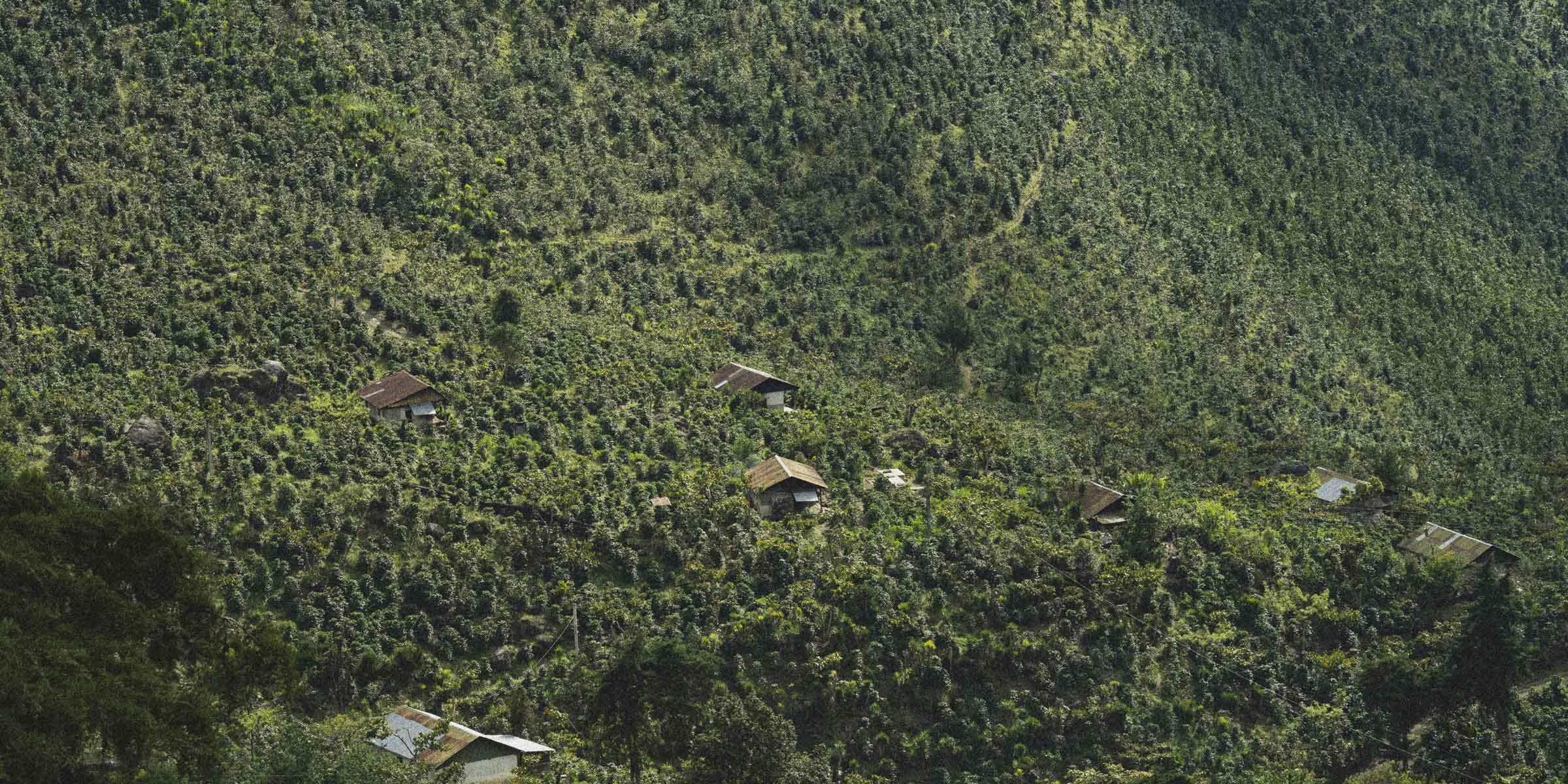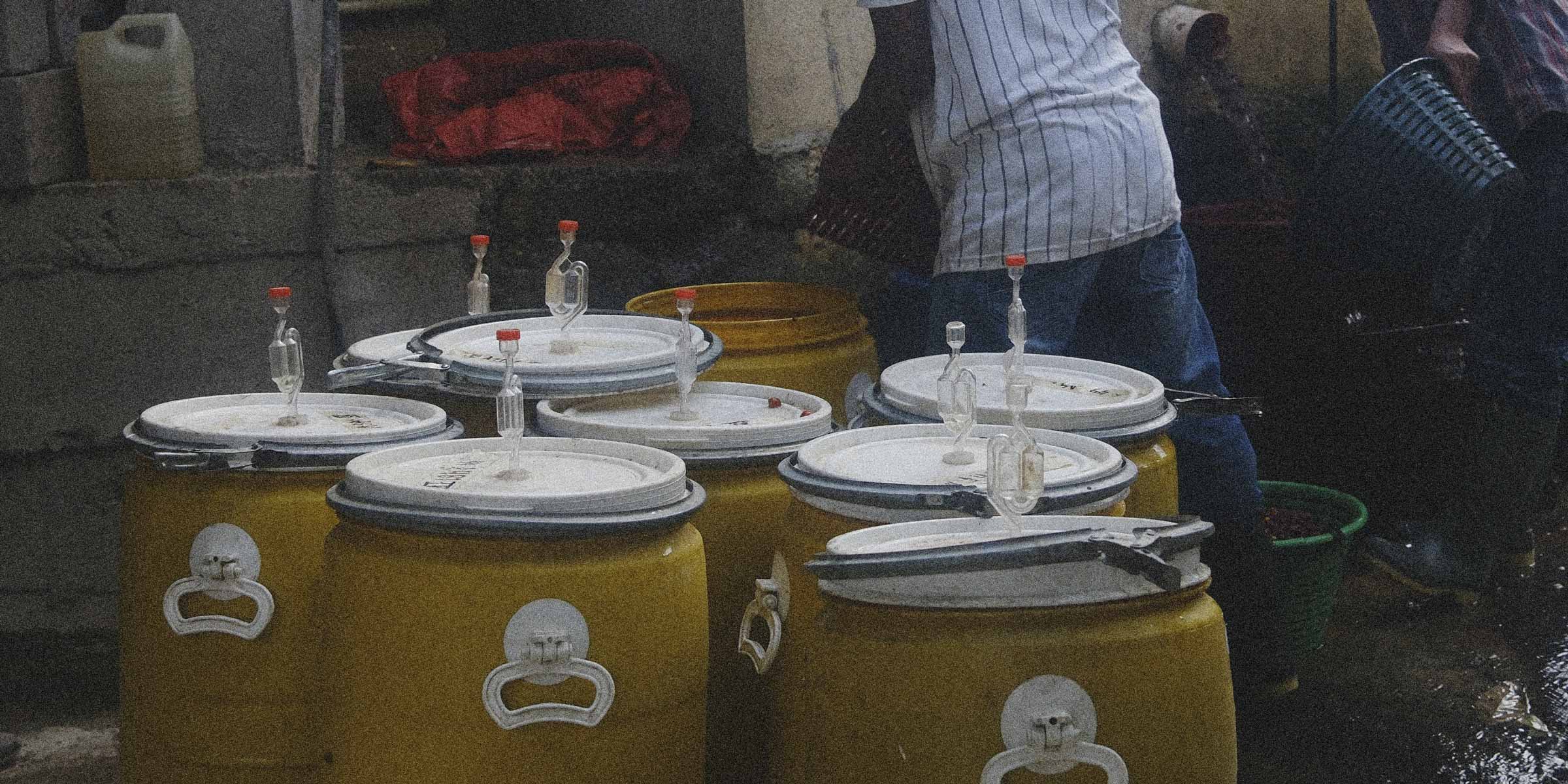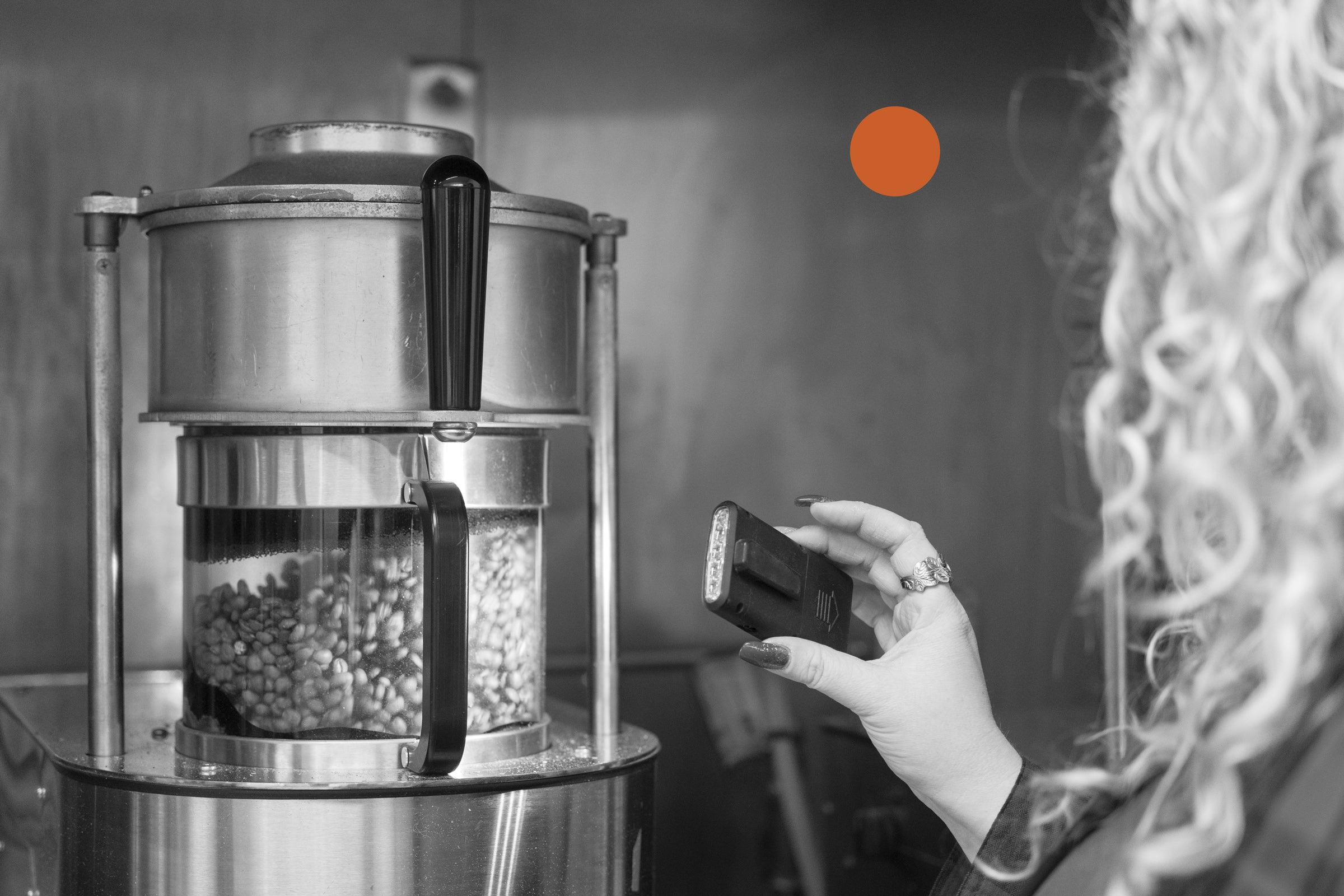Maybe you’re loyal to Colombian coffee. Maybe you prefer Ethiopia’s fruity, floral cups. Maybe you’re not sure why anyone cares where a coffee comes from.
Here’s the short answer: origin matters—a lot.
A coffee’s “origin”–its variety, terroir, processing method, and coffee culture–all shape the flavors in your cup. In other words: origin matters.
Let’s break each of those down, starting with its variety.
How Variety Impacts Taste
Every coffee bean begins as the seed of a bright red cherry growing on the Coffea Arabica plant–a plant of which there are thousands of varieties.
Coffee varieties are simply different versions of this plant–each with its own genetic differences that affect the flavor, aroma, and quality of the final cup.
It’s like apples.
All apple trees belong to the same species, but the fruit they produce varies in texture, acidity, sweetness, and color (think a Granny Smith vs a Red Delicious).
Similarly, all coffee plants belong to the Coffea Arabica species, but there are thousands of different varieties that produce fruit with different flavor characteristics. Like the apple example, a Bourbon might be inherently more chocolatey; a Gesha might be more floral.
Which variety a farmer chooses to plant will obviously have an impact on that coffee’s flavor profile down the road. And this choice happens at origin.
Once planted, the next factor that can transform a coffee’s taste is its terroir.
How Terroir Impacts Taste
Terroir (pronounced tehr-war) is not a small dog or a term reserved for wine enthusiasts. It’s just a fancy name for the growing environment of a crop. It encompasses things like elevation, climate, and soil.
Each one of these makes a big difference in the future flavor and health of the coffee cherry.
For one, coffee grown at higher elevations (>1000m) is typically of higher quality than that grown at lower elevations. The cooler air slows down the cherry maturation process, allowing them to become nutritionally dense and packed with more flavor compounds.
Then, there’s the climate and soil.
The Coffea Arabica plant, like many of us, loves a good tropical climate. It prefers high humidity, moderate (not heavy) rainfall, and a good balance of sun and shade.
It's also picky about soil. It likes soil that is well-drained, nutrient-dense, and is particularly inclined towards soil that’s rich in organic matter, like volcanic soil.
Plants grown in this kind of terroir produce sweeter, more complex cups that allow coffee to really shine.
But it’s not just the variety and terroir that make a difference in taste. How the coffee is processed is of equal importance.
How Processing Impacts Taste
Coffee processing simply refers to everything that happens to the coffee cherry from when it’s harvested to when it's packaged for export.
There are three common methods of processing. The washed process is where the seeds are extracted from the fruit, soaked in water to remove the remaining sticky fruit residue, and then dried.
The natural process is where the cherries are dried whole with the fruit still on. And the honey process is where the seeds are removed from the fruit but dried with the fruit residue, called mucilage, still on.
Depending on its natural resources, a country will usually prefer one kind of processing method over another.
For example, in Ethiopia, where water scarcity is an issue, the natural method is preferred since it doesn’t require water. Likewise, in places where water is abundant, the washed process is more common.
This decision has a huge impact on taste!
Washed coffees tend to result in a cleaner, brighter flavor profile with notes of citrus whereas naturals tend to have more fruit-forward and complex flavor profiles. Honey processed coffees often have attributes of both!
But these flavor profiles can vary widely, depending on all the other factors we just discussed–variety, terroir, etc.
There is one more factor that isn’t always considered a part of a coffee’s origin that can have a big impact on quality and taste–the country’s coffee culture.
How A Country’s Coffee Culture Impacts Taste
How much a country invests in its coffee industry makes a big difference when it comes to the overall quality and taste of its coffee.
Many countries like Brazil, Costa Rica, Indonesia, and Colombia have whole institutes devoted to researching best practices in coffee and varieties that grow best in the local environment. Their whole aim is to educate coffee farmers about these things so they can achieve the best possible coffee product not just as individuals, but as a whole country.
These institutes also push their country (and the coffee industry) forward in experimental varieties and processing methods.
This raises the standard for coffee in the country, provides a level of quality control, and imparts a sense of community and partnership nation-wide. This strengthens the in-country coffee culture and allows for certain countries to be well-known for their consistent quality.
If you’ve ever seen a bag of specialty coffee and been confused by reading something like: “yellow honey-processed red bourbon grown at 1500-1700m”, we hope this article has been helpful for you as a kind of decoder key.
Those labels aren’t decoration; they are vital pieces of information!
They tell you the story about that particular bag of coffee–where it came from, how it was grown and processed. Understanding how important each one of those things is will hopefully help you to appreciate that story even more the next time you read it.
The next time you're sipping on that bright, citrusy Ethiopian or that nutty, chocolatey Guatemalan, remember—you’re tasting a story written by a million different choices of sun, soil, and societies.





